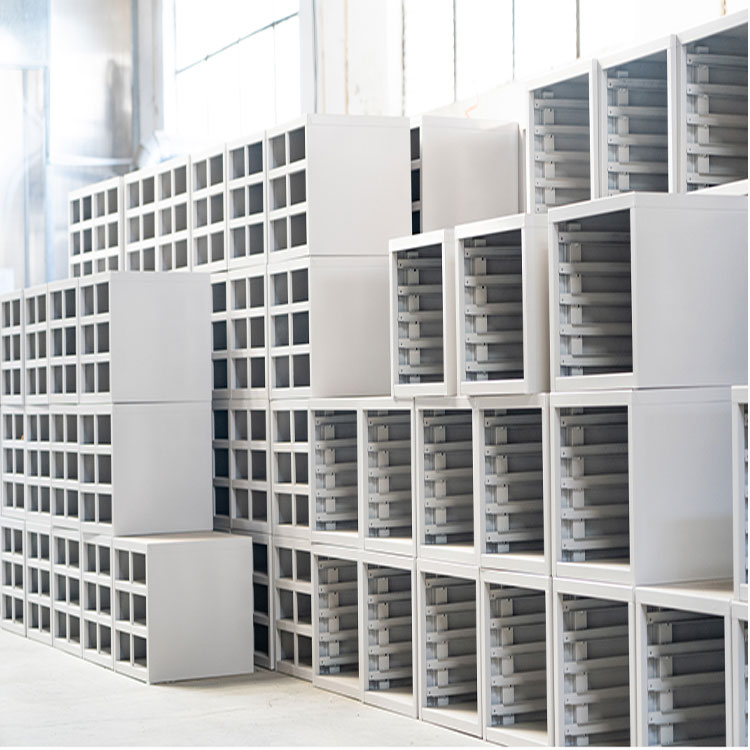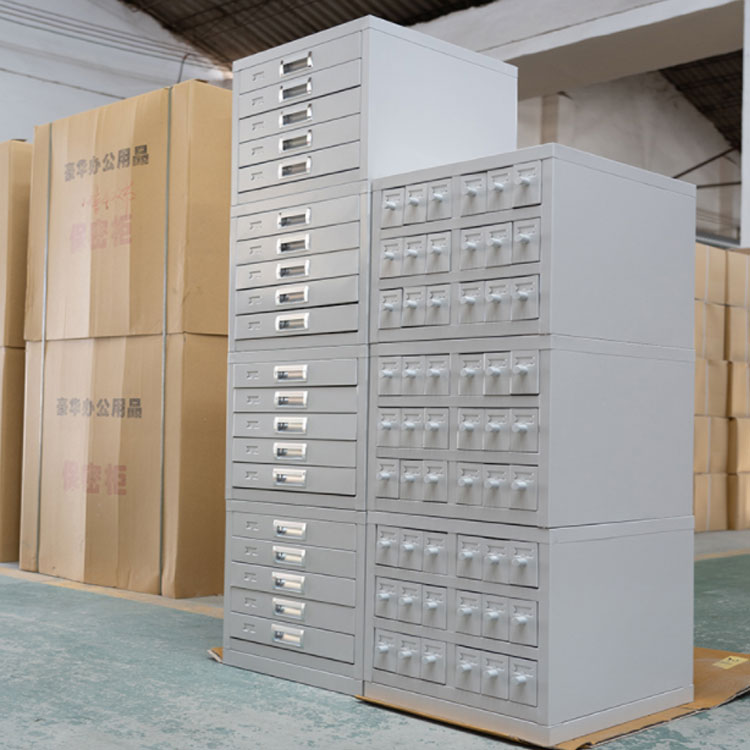How to Choose High – Quality Slide Cabinets for San Francisco University Biological Labs
In San Francisco university biological labs, proper storage of biological and glass slides is vital for research organization and sample protection. Here’s a guide to help select suitable cabinets.
Considerations for Biological Slide Storage Cabinets
Size and Capacity
Slide Compatibility: First, count the biological slides in the lab and note their sizes. For common A – size slides, ensure the cabinet’s interior can hold them safely. If your lab has many standard – sized slides, choose a cabinet with well – sized drawers or compartments. Measure the slides’ dimensions and match them to the storage space.
Future Growth: Given the dynamic nature of research in San Francisco universities, the number of slides may grow. Opt for cabinets with expandable capacity, like stackable or modular designs. This adapts to changing storage needs over time.
Drawer and Compartment Design
Smooth Operation: In a bustling lab, drawers with ball – bearing slides are ideal. They enable easy opening and closing, even when filled with slides, ensuring quick access.
Organizational Compartments: Dividers in drawers help categorize slides by project, sample type, or research group. Adjustable dividers are a plus, allowing customization based on slide quantity and size.
Material and Durability
Corrosion Resistance: Labs use various chemicals, so choose corrosion – resistant materials like stainless steel. It withstands common lab chemicals and is easy to clean. A powder – coated finish on metal cabinets adds extra protection against corrosion and scratches.
Structural Integrity: Check the cabinet’s frame for rigidity. Reinforced corners and edges enhance durability, especially if the cabinet may be moved within the lab.

Considerations for Glass Slide Cabinets
Protection of Glass Slides
Shock and Vibration Resistance: Glass slides are fragile. In a lab with vibrating equipment, cabinets should have anti – vibration pads or a solid base. Line the interior with soft materials like foam or felt to prevent scratches and breakage.
Dust and Contamination Prevention: To maintain experiment quality, glass slide cabinets need tight – fitting doors or seals to keep out dust. Some cabinets with air – filtration systems are useful in labs prone to airborne contaminants.
Visibility and Accessibility
Transparent or Marked Storage: Transparent doors or marked compartments help quickly identify slide contents. In a large lab, this saves time for multiple researchers accessing the slides.
Easy Access Design: Sliding doors or fully – extendable drawers ensure convenient retrieval of slides, even from the back of the cabinet.

Supplier and Budget Considerations
Supplier Reputation
Research and Reviews: Research suppliers experienced in lab – quality storage. Read reviews from other institutions to gauge product quality and customer service. Contact the supplier to inquire about product specs, customization, and after – sales support.
Budget Planning
Cost – Quality Balance: Set a budget but don’t sacrifice quality. High – quality cabinets may cost more initially but offer long – term value by safeguarding samples and reducing replacement needs.
In conclusion, choosing the right slide cabinets involves considering multiple factors. By doing so, lab managers and researchers can ensure proper slide storage and efficient research operations.
